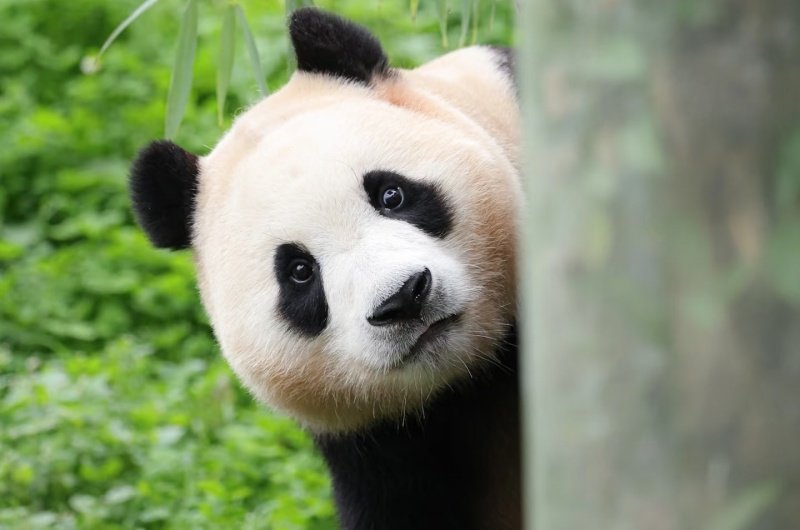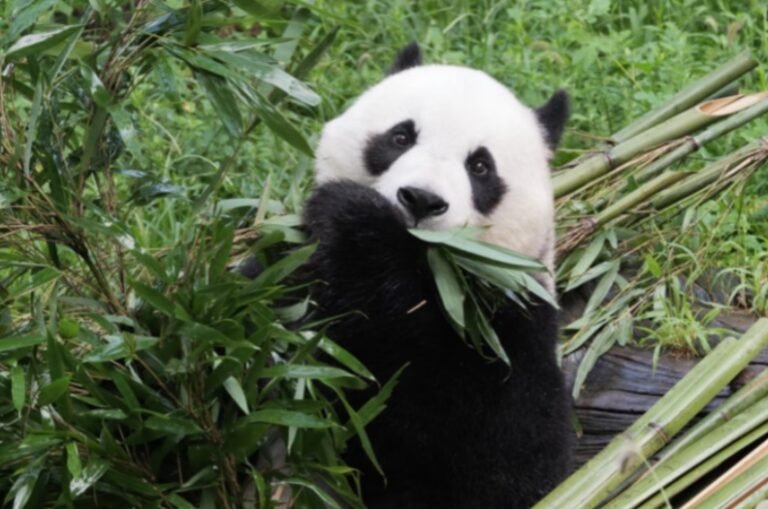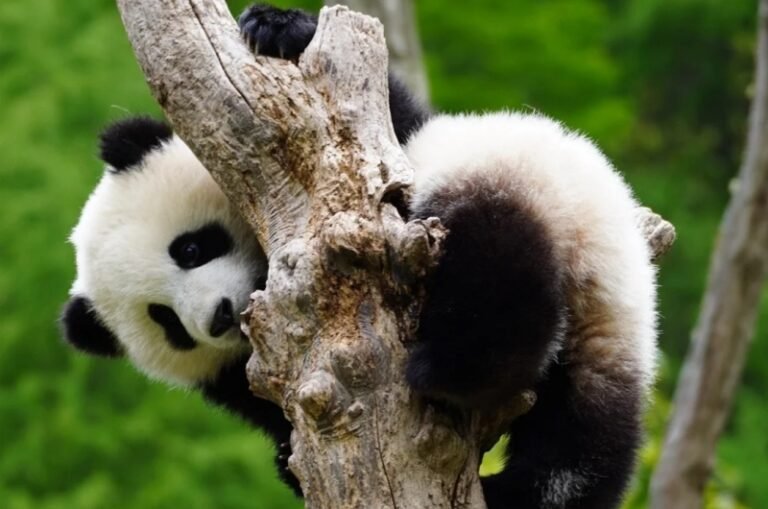Pandas are known for their round faces, clumsy movements, and irresistible charm. But behind those adorable black-and-white appearances lies a surprisingly rich emotional world. These gentle animals may not roar like lions or leap like monkeys, but they have their own unique ways of expressing emotions—sometimes even acting in ways that resemble “cuteness” or “clinginess.”
1. Body Language: Rolling, Stretching, and Sprawling
Pandas use their bodies to express how they feel. When relaxed or content, they often lie flat on their backs, roll down slopes, or spread out like a cushion on the ground. These actions reflect a sense of security and comfort. A happy panda might stretch lazily or curl up in a cozy position. When anxious, their posture becomes more stiff or guarded.
2. Facial Expressions and Eye Movements
Although panda faces appear calm and expressionless due to their natural markings, subtle movements can reveal a lot. Slow blinking or prolonged eye contact can show curiosity or calmness. When disturbed or threatened, pandas may stare directly, lower their heads, or move their ears backward.
3. Sounds: Chirps, Honks, and Barks
Pandas are not silent creatures. They make various sounds to communicate with others. A panda may chirp when feeling excited or seeking attention. Females often bleat like sheep when they’re in heat, while males may honk or bark to assert presence or claim territory. Cubs emit high-pitched squeals to attract their mother’s care—arguably the panda version of “acting cute.”
4. Touch and Physical Closeness
Pandas are generally solitary, but during mating season or between mothers and cubs, they become more physically affectionate. Cubs love climbing on their mothers, hugging limbs, and nuzzling—clear signs of emotional bonding. These gestures resemble the behavior we interpret as “clinginess” or “cuddling.”
5. Marking and Scent Signals
Emotion is not just about what you see. Pandas leave scent marks to express territory, reproductive status, or emotional presence. The way a panda marks—scratching trees, rubbing scent glands—can indicate dominance, stress, or readiness to interact with others.
Do Pandas Really “Act Cute”?
What humans interpret as “acting cute” may serve a practical purpose for pandas. Cubs that cling and make babyish sounds are more likely to receive attention and care. These behaviors may have evolved not only for survival but also for strengthening social bonds, especially between mother and child.





